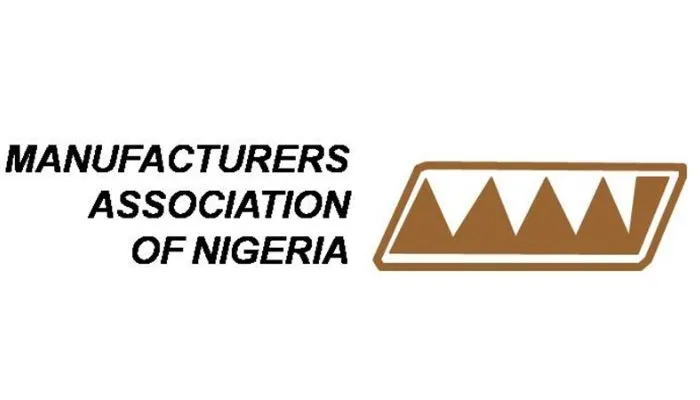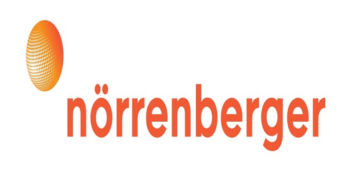The manufacturing sector’s local raw materials sourcing increased to 53.5 per cent in the second half of 2022.
This was contained in the Manufacturers Association of Nigeria (MAN) Bi-Annual Economic Review for second half (H2) of 2022.
The manufacturing sector’s local raw materials sourcing increased to 53.5 percent in the second half of 2022 from 50 per cent recorded in the corresponding half of 2022, indicating 3.5 percentage points increase over the period.
It also increased by 1.5 percentage points when compared with 52 per cent recorded in the preceding half. Local raw materials utilisation in the sector averaged 52.8 percent in 2022 as against 51.5 per cent recorded in 2021.
The director-general of MAN, Mr Segun Ajayi-Kadir said: “the increase in the local raw materials utilisation in the sector during the period is due to increased difficulty in sourcing forex which compelled manufacturers to look more inward for raw materials notwithstanding the associated huge cost.”
Ajayi-Kadir stated that, “it is therefore important for the government to re-evaluate its role in local development and production of raw materials in terms of funding.
“For instance, the development and production of Active Pharmaceutical Ingredients (APIs) has continuously eluded due to limited funding of the Raw Materials Research and Development Council (RMRDC) by the government.”
He stressed that the absence of local production of APIs has been having dire consequences on the pharmaceutical production, particularly in the current situation of acute shortage of forex.
Seeking on raw materials production, supply and utilisation, MAN DG called for incentivised investment in local development of raw materials, seeking attention to domestic production of Active Pharmaceutical Ingredients (API) and Basic chemicals.
“Refocus on backward integration and Resource-Based Industrialisation; reverse the duty for Annealed Coldroll back to 45 percent from the new five percent; and re-invigorate the backward integration policy through the use of local resources to provide raw materials to the industries,” he emphasised.
He added that manufacturing production was severely affected in the second half of 2022 by the absence of implementation of new capital project by the government as they focused on the election.
According to Ajayi-Kadir, production in the sector was also negatively affected by limited purchases by households due to the naira redesign policy, the high inflationary pressure in the country, high cost of energy, particularly, diesel and gas, acute shortage of forex for importation of raw materials and machinery needs of the sector that are not locally manufactured in the time being and many more.
“Unfortunately, the issues of the basic metal group whereby duty of Annealed Cold roll was reduced to five percent from the previous 45 percent; the suspension of motorcycles in some areas across States, the increase in the duty of paper from five percent to 20 percent and so on are still effective,” he noted.
He further said, these challenges, in addition to the perennial issues, contribute enormously to the dip in the production of the sector in the period under review.
We’ve got the edge. Get real-time reports, breaking scoops, and exclusive angles delivered straight to your phone. Don’t settle for stale news. Join LEADERSHIP NEWS on WhatsApp for 24/7 updates →
Join Our WhatsApp Channel









